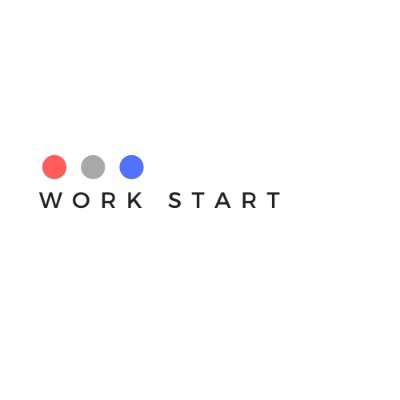The Hidden Price Tag of Saying Goodbye
February 6, 2025
When an employee leaves, the impact ripples far beyond their empty desk. While the immediate costs are obvious – job postings, recruiter fees, and training materials – the true financial burden often lurks beneath the surface, affecting everything from team morale to bottom-line profits.
Understanding the Cost Breakdown
Recruitment Costs:
- Job board postings and advertising fees
- Internal or external recruiter time
- Background checks and pre-employment screening
- Interview time for hiring managers and team members
- Assessment and skills testing
Training and Onboarding:
- Formal training program expenses
- Mentor and supervisor time
- Learning materials and resources
- Reduced productivity during learning curve
- Team members' time spent supporting new hire
Lost Productivity:
- Knowledge gap during position vacancy
- Decreased team efficiency during transition
- Client relationship disruption
- Project delays and missed deadlines
- Overtime costs for remaining staff
Strategic Solutions for Employers
1. Enhance Recruitment Efficiency
- Develop clear job descriptions and success metrics
- Create structured interview processes
- Build talent pipeline through networking
- Implement employee referral programs
- Use data-driven candidate assessment tools
2. Optimize Training Programs
- Create comprehensive onboarding frameworks
- Develop role-specific training materials
- Establish mentorship programs
- Set clear 30-60-90 day goals
- Use microlearning and digital training tools
3. Minimize Productivity Loss
- Document key processes and procedures
- Cross-train team members
- Create knowledge transfer protocols
- Maintain updated standard operating procedures
- Implement succession planning
Prevention Strategies
The best way to reduce turnover costs is to prevent unnecessary departures:
1. Competitive Compensation
- Regular market rate analysis
- Clear advancement paths
- Performance-based incentives
- Benefits package optimization
- Recognition programs
- Engagement Initiatives
- Regular feedback sessions
- Career development opportunities
- Work-life balance policies
- Team building activities
- Meaningful work assignments
2. Cultural Enhancement
- Clear company values and mission
- Open communication channels
- Diverse and inclusive environment
- Leadership development
- Employee empowerment
Measuring Success
Track these metrics to gauge your retention efforts:
- Employee turnover rate by department
- Average tenure by role
- Cost per hire
- Time to fill positions
- New hire performance ratings
- Employee satisfaction scores
- Exit interview feedback trends
Future-Proofing Your Organization
Create a resilient workforce by:
- Building strong employer brand
- Developing internal talent pools
- Creating flexible work arrangements
- Investing in technology and tools
- Fostering continuous learning culture
Remember: Every dollar invested in retention saves multiple dollars in replacement costs.
The key is to view employee retention not as an HR initiative but as a business strategy that directly impacts organizational success.
Action Steps:
- Calculate your current turnover costs
- Identify top departure reasons
- Develop targeted retention strategies
- Implement measurement systems
- Regular strategy review and adjustment
By taking a proactive approach to employee retention, organizations can significantly reduce the financial and operational impact of turnover while building a more engaged, productive workforce.


